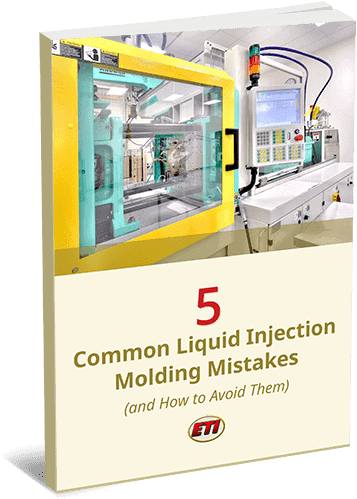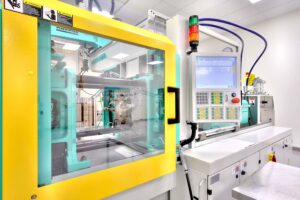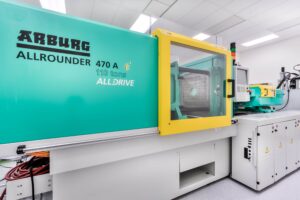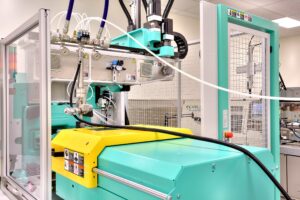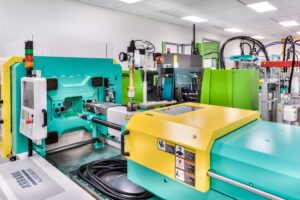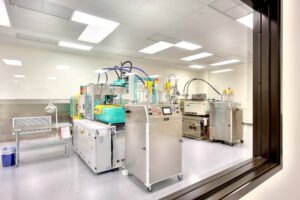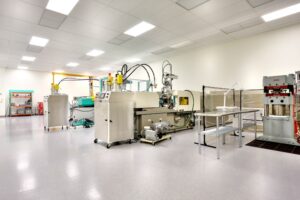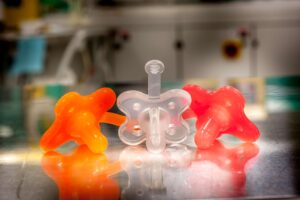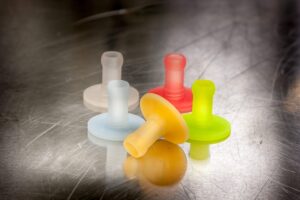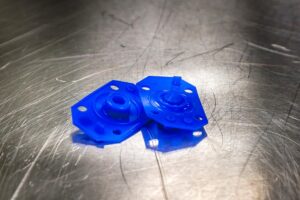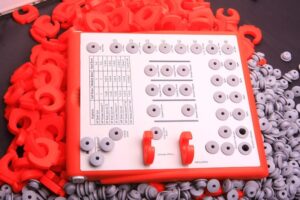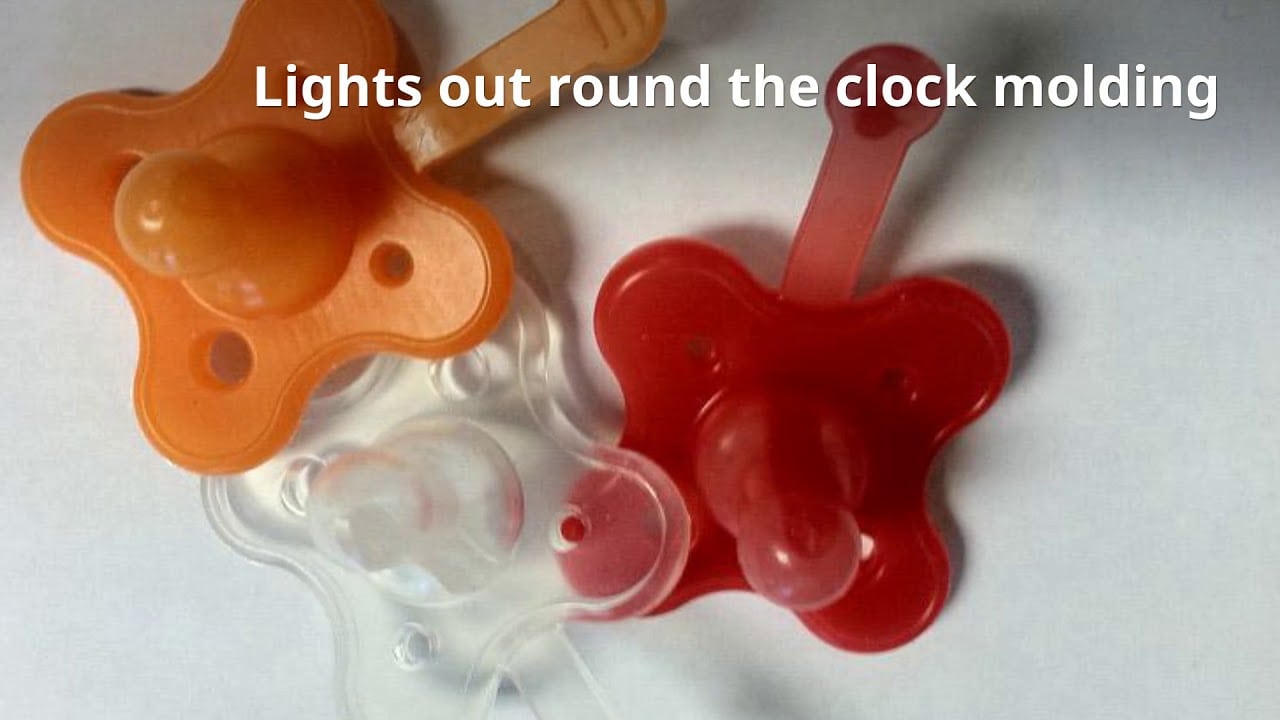Liquid injection molding uses liquid silicone rubber (LSR) and similar elastomeric materials to produce a wide range of durable, pliable products such as seals and sealing membranes, electric connectors, medical applications, kitchen goods, and infant products. Due to LSR’s unique properties, liquid injection molding relies on a mechanical mixing processes to build consistent processes rather than labor intensive processes like compression molding.
Liquid injection molding can be used to quickly manufacture a wide range of products and parts in various industries. Well-suited to a variety of applications, it’s among the most versatile and cost-effective manufacturing methods available today.
An Overview of the Process
The closed loop liquid injection molding process uses a pump and mixing unit to mix and dispense LSR material into a molding press. Silicone is two part material, one part being a base and the other containing a catalyst.
Using either a static or dynamic mixer, the materials are combined into a compound. A metering unit ensures that the materials are pumped in equal proportions. The compound is then injected directly into a sealed mold. The nozzle that feeds the mixture automatically shuts off once it detects that the mold is already filled.
A press holds the mold closed and in place after the actual injection. The molding press is opened once the curing process is complete, and the molding machine ejects the finished component, it is removed by hand or assisted with the use of end of arm tooling on a robot.
Looking for information about the differences between liquid injection molding and other processes, such as compression and transfer molding? Check out our blog regarding this topic.

